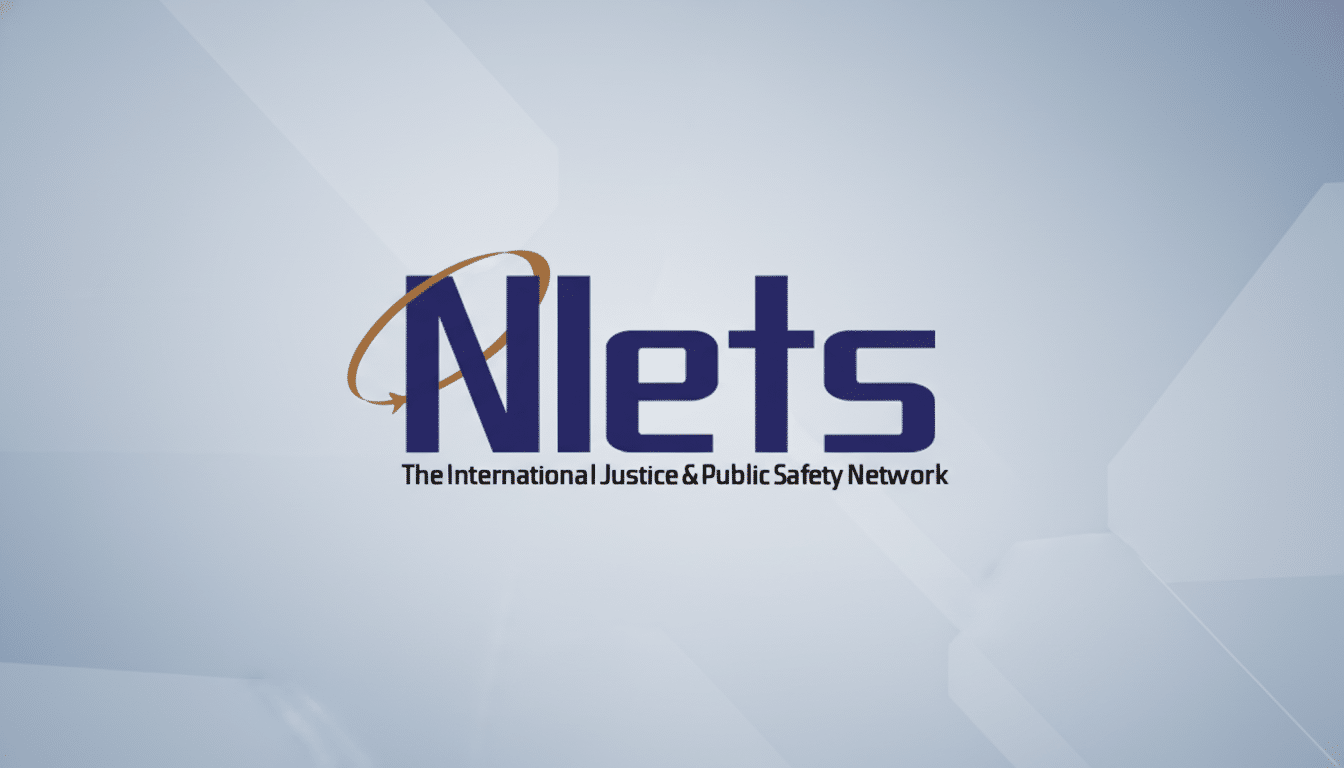Democratic lawmakers are calling on governors of several blue states to cut off part of how their motor vehicle agencies take residents’ data and provide that information to federal immigration authorities, with a little-known law enforcement network providing Immigration and Customs Enforcement with near “self-service” access to drivers’ records.
What the letter alleges about DMV data sharing with ICE
In letters that were first reported by Reuters and sent to the governors of Arizona, California, Colorado and Wisconsin, lawmakers said state systems are sending driver’s license information to ICE — as well as other agencies within the Department of Homeland Security — through the National Law Enforcement Telecommunications System, or Nlets, a nonprofit cooperative operated by state law enforcement agencies.
- What the letter alleges about DMV data sharing with ICE
- How the Nlets network enables access to state DMV data
- Why DMV data has become a politically sensitive minefield
- States Are Taking Steps to Curtail ICE Questions
- What Lawmakers Want Governors to Take On
- The stakes of Nlets access and the potential next steps

The legislators argue that Nlets allows “frictionless” searches of personal data about residents, without review by state workers. They also pointed to their own internal numbers, that more than 290 million queries of DMV data flowed through Nlets in the twelve months prior to October 1, with over 290,000 from ICE and nearly 600,000 by Homeland Security Investigations.
The letter also suggests that ICE might be matching photos from state DMVs with facial recognition tools, including an app called Mobile Fortify, which has reportedly tapped into a database bank of roughly 200 million images. That possibility reflects longstanding fears from civil liberties groups that administrative databases are quietly being repurposed for immigration enforcement.
How the Nlets network enables access to state DMV data
Nlets is a 50-state data-sharing backbone that links more than 18,000 local, state, federal and Canadian agencies. Originally created to confirm records like registrations, warrants, and criminal backgrounds, it has since become a repository for a wide variety of DMV information, in some cases updated in real time. And since the system operates machine-to-machine, queries can occur without any human review at the state level.
States have discretion to limit access further, require requests to be verified or audited, and impose other conditions on use of the data. Lawmakers say that the technical complexity of Nlets has led to an information gap: many state officials don’t know how much data is accessible or how easily it can be accessed by out-of-state users and agencies at the federal level.
Why DMV data has become a politically sensitive minefield
In the past decade, a number of states have taken up the issue and extended driver’s licenses to undocumented residents as a way to promote road safety and cut down on unlicensed driving. They say those licenses were accompanied by promises that data from the state’s Department of Motor Vehicles would not be used for immigration enforcement. Instead, they say, automated access via Nlets would erode that assurance and could deter legal partnerships with state agencies.
Privacy researchers have traced how administrative databases morphed into tools of identification. Federal agencies, including the F.B.I. and ICE, accessed state DMV photo databases for facial recognition searches without drivers’ knowledge, The Washington Post reported. The Georgetown Center on Privacy and Technology and the ACLU have detailed widespread police use of face recognition and data broker services laid atop government records, typically without explicit legislative consent.

States Are Taking Steps to Curtail ICE Questions
The lawmakers point to states like Illinois, New York, Massachusetts, Minnesota and Washington that have recently limited the information ICE can query through Nlets.
In practice, those restrictions can mean:
- Disabling some Nlets message types
- Mandating case numbers and legal predicates in order to access these systems
- Recording audits that are accessible to oversight bodies
These measures mimic broader “sanctuary” policies which limit local cooperation with civil immigration enforcement while sparing responses to serious criminal investigations. Supporters argue that tailored controls help protect legitimate information sharing for cases of violent crime but limit bulk or fishing-expedition checks associated with civil immigration status.
What Lawmakers Want Governors to Take On
In the letters, they call upon governors to suspend ICE’s “unfettered” access through Nlets and instead route requests through state gatekeepers for review that include transparent standards, audit trails and regular reporting of findings. Lawmakers contend it would enhance oversight rather than hinder legitimate, case-specific requests from federal partners.
Experts in data governance point out that states can act rapidly: Nlets participation agreements and state policy memos could be amended to bar certain types of transactions, to require higher evidentiary standards or to proscribe facial recognition searches of DMV photos. Electronic Frontier Foundation and ACLU have called on states to include audits, retention limits, and second-use prohibitions.
The stakes of Nlets access and the potential next steps
ICE has long argued that in such cases its use of DMV records and face recognition is covered by the existing law enforcement exemptions. Yet there is an emerging body of oversight reports, including from the Government Accountability Office and academic centers, that has raised concerns about opacity in these systems and a lack of legislated guardrails.
Now governors are confronted with a binary choice that has enormous practical implications: preserve broad, automated sharing of information about citizens as the rule under which journalists operate in a free society, or narrow the flow of aggregated data to government officials and contractors as the exception. With hundreds of millions of queries flowing via Nlets each year, even small policy shifts could meaningfully recalibrate the transparency and control around drivers’ data.

